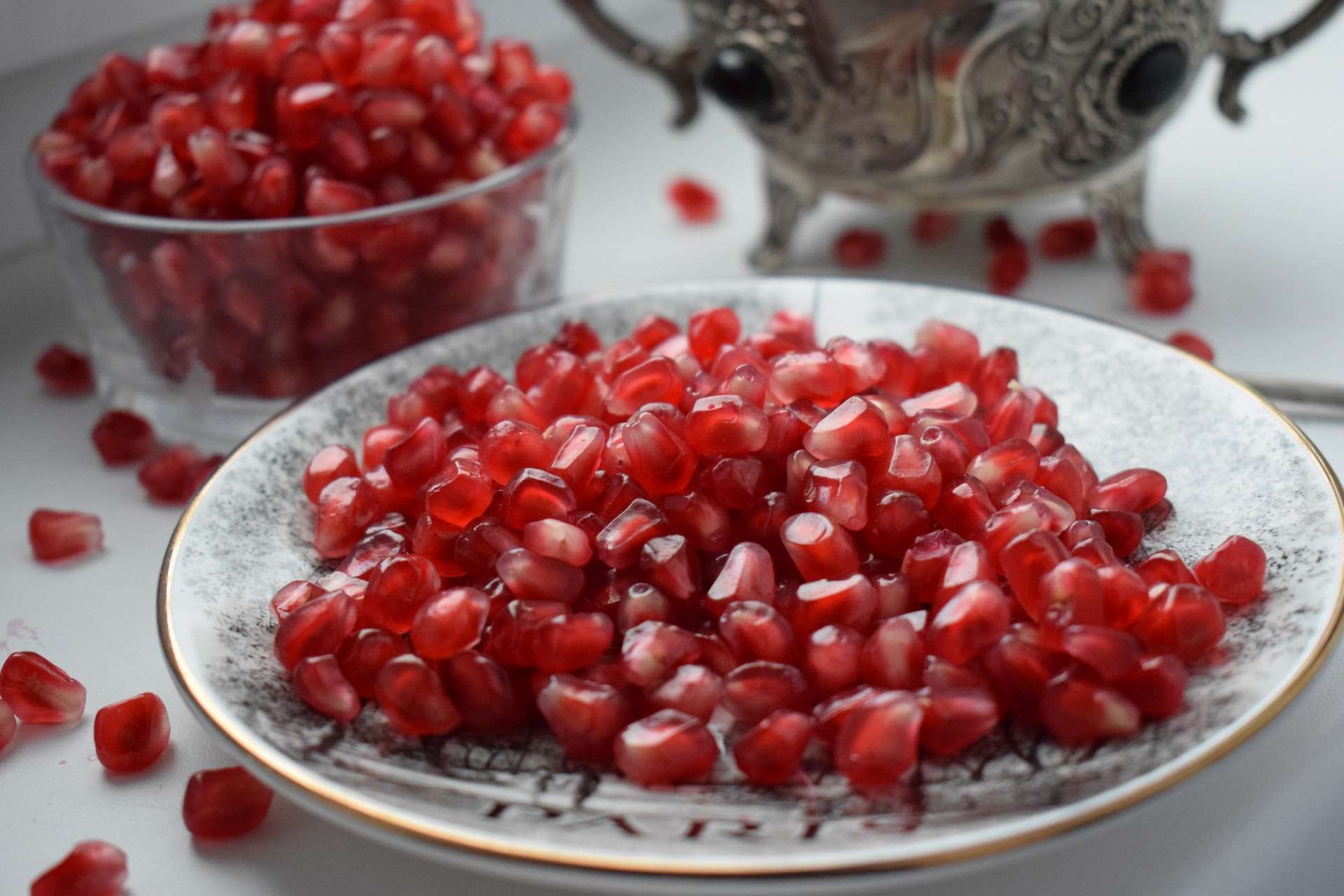Are “superfoods” really “super” or are we all falling for a hoax? Heather Huntsman, Ph.D., CSSC, is back again to navigate the ever-trendy crazy of the superfood. Do they really have magical powers to prevent and cure disease? Yes and no. Read more to find out.
When it comes to health and nutrition, some of us have a tendency to focus on the foods we shouldn’t eat. We know that junk food and comfort food may not always be the best option. What’s interesting to me is that over the last 10 years or so, I have noticed a shift in the way we think about food. There seems to be more of an emphasis on consuming nutrient-dense foods like kale, goji berries, avocados, quinoa, spirulina, and dark chocolate.1 Collectively these foods have been labeled “superfoods,” but what makes them “super?” And do they really have super powers?
Digging into the scientific literature to answer this question, I found that the concept of eating for health rather than just energy or satiety goes back as far as the 4th century B.C.2 In one of his many famous philosophies, the Greek physician Hippocrates is quoted as saying “Let food be thy medicine…” Food as medicine is an idea that has taken on many forms and can be seen in almost every culture around the world. From honey to teas, to even your mom’s chicken noodle soup, it’s like we all inherently know that certain foods make us feel good. But what does the science say?
Interestingly, the scientific analysis of superfoods dates back to about 30 years ago, originating in Japan. Superfoods, or functional foods (which is the original term used by the Japanese), are defined as foods that based on scientific evidence may improve the general condition of the body and decrease the risk of some diseases, and/or are used for curing some illnesses.2 So, what makes a particular food “super,” and what diseases can they prevent or cure?
When you search the literature, interest in functional food studies has grown exponentially over the last 10-15 years. As a result, our understanding of the specific nutrients that give certain foods these “super powers,” such as omega-3 fatty acids, phytonutrients, flavanols, antioxidants, and both pre- and probiotics and their impact on diseases such as cancer, heart disease, Type II diabetes, dementia, and gastro-intestinal conditions has grown immensely.3-5 Unfortunately, coinciding with this knowledge are dramatically increased rates of obesity, a commonly cited risk factor for many of the these same chronic diseases.
The disconnect – although complex and multilayered – in my opinion can be boiled down to a lack of understanding of the importance of calories. While we could debate for hours whether all calories are created equally, consuming more calories than your body needs will always result in weight gain. Yes, foods exist that are packed with incredible nutrients that have the potential to prevent or maybe even cure certain diseases and conditions. (I do want to pause here and emphasize the word potential. From my review of the literature, the touted benefits of many superfoods overstate the available scientific evidence. That doesn’t mean the benefits aren’t there, it just means the claims are often inflated beyond our current understanding.)3-5 That said, you can pack in as many superfoods into your diet as you want, but if you eat more calories that you need you will put on extra weight, most likely in the form of fat, and that will have a detrimental effect on your overall health.
The take home here…superfoods do exist, and we still have a lot to learn about their true super powers. Superfoods are “super” but not exempt from caloric cost.5 What does that mean for how you should fuel your body? When choosing the foods to include in your diet, make sure they have as many of the key nutrients as possible. (Side note, one thing you will notice on any superfood list is that they do not include many processed foods.) Just remember calories still matter; a nutrient packed diet still has to be balanced and fall within your individual caloric needs.
References:
- health.harvard.edu. (2014) Sizing up ‘superfoods’ for heart health, Harvard Heart Health, 24(7):1,7.
- Šamec D, et al. (2019) Kale (Brassica oleracea var. acephala) as a superfood: Review of the scientific evidence behind the statement, Critical Reviews in Food Science and Nutrition, 59(15):2411-2422. doi: 1080/10408398.2018.1454400.
- Asgary S, et al. (2018) Functional food and cardiovascular disease prevention and treatment: a review. Journal of the American College of Nutrition, 37(5):429-455. doi: 10.1080/07315724.2017.1410867.
- Gullón B, et al. (2016) Assessment of the prebiotic effect of quinoa and amaranth in the human intestinal ecosystem, Food & Function, 7:3782-3788. doi: 1039/C6FO00924G.
- van den Driessche JJ, et al. (2018) Effects of superfoods on risk factors of metabolic syndrome: a systematic review of human intervention trials, Food & Function, 9(4):1944-1966. doi: 10.1039/C7FO01792H



